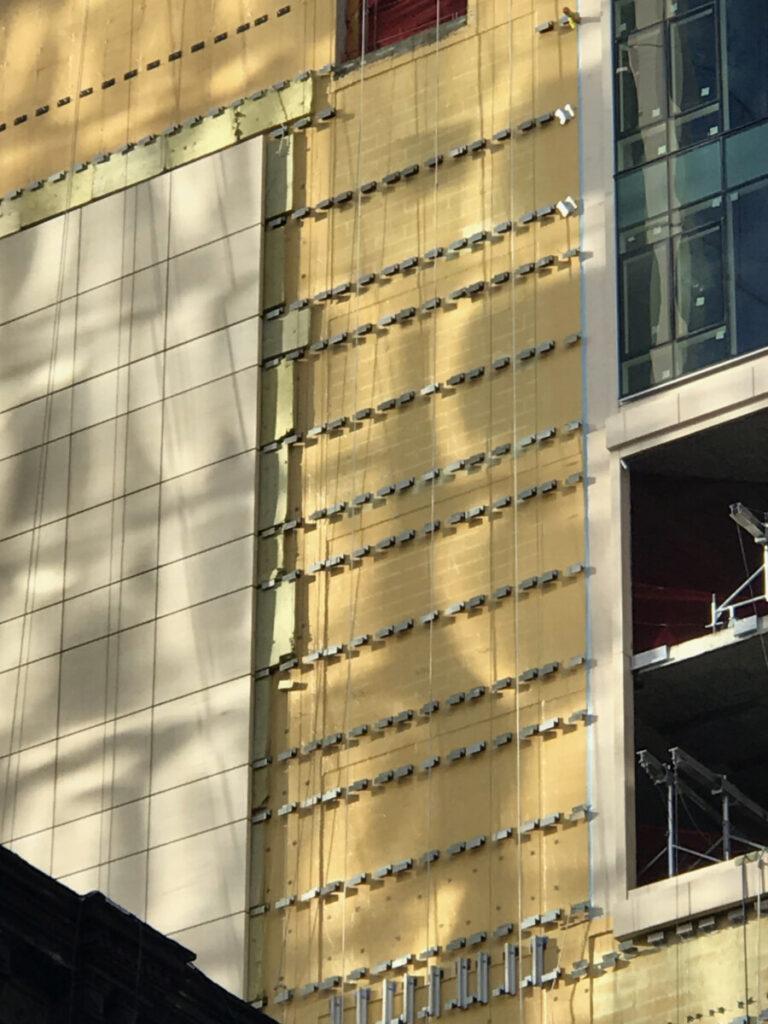Interior space requires a level of control over the quality and condition of the environment including temperature, humidity, moisture, air quality, airflow, lighting, and acoustic properties. The control of the interior environment starts with the building envelope. The building envelope is a system of assembled elements and spaces that work together to regulate the relationship between the interior environment and the exterior environment. The performance of the building envelope can be studied and measured to ensure it is providing the designed regulation of environmental elements.
The study of architecture in the 21st century requires dedication to building knowledge and skills that help preserve our ecosystem for ourselves and future generations. Building envelop design is a critical aspect of this effort. This module provides foundational examination of building envelop in the context of a masonry urban building with historic significance, both through readings and drawing and sketch assignments. The case study building context for the drawing assignment allows students to explore high performance issues within the laboratory of a 19th century load bearing masonry structure.

Passive building strategies are an exemplar of high standards for building envelop performance to minimize or eliminate energy required to keep the interior environment comfortable. Passive house construction resources are growing, with some examples provided below:
Building Energy Exchange website link: https://be-exchange.org/report/multifamily-passive-house-connecting-performance-to-financing/

https://be-exchange.org/climate-mobilization-act-series-reimagining-envelopes/
New York Passive House website link: https://www.nypassivehouse.org/what-is-passive-house/
475 High Performance Building Supply website link: https://foursevenfive.com
475 Video Library: https://foursevenfive.com/videos/



Leave a Reply